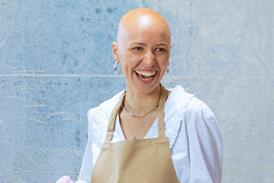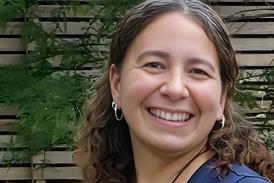- Hot topics
- Join Now!
To continue reading, register today for more access!
If you are a member or a registered user, or if you already have a login for another Premier website SIGN IN HERE

Sign up for your free account now!
Registering is quick and easy and gives you immediate access to read more articles, plus:
- You’ll receive a weekly newsletter every Saturday with the top stories of the week
- You can save articles to read later
- You can share your comments and thoughts on the stories
Or become a member today for unlimited access! Special offers are available!
If you already have an account with a Premier website SIGN IN HERE
Related articles
-
 Article
ArticleBook Club: The Most Wonderful Time of the Year By Beth Moran
2025-11-26T05:47:00Z By Claire Musters
Hosted by Claire Musters
-
 Article
ArticleBook Club Our Sisters: the fight for justice for Christian women forced into marriage in Pakistan
2025-10-22T15:08:00Z By Claire Musters
Hosted by Claire Musters
-
 Opinion
OpinionHow I found freedom in surrendering
2025-10-02T05:27:00Z By Mary DeMuth
Author Mary DeMuth shares how releasing her dreams to God while moving overseas led to unexpected peace and freedom.
- Issues
- Topics A-Z
- Writers A-Z
- © 2025 Woman Alive
Site powered by Webvision Cloud

























